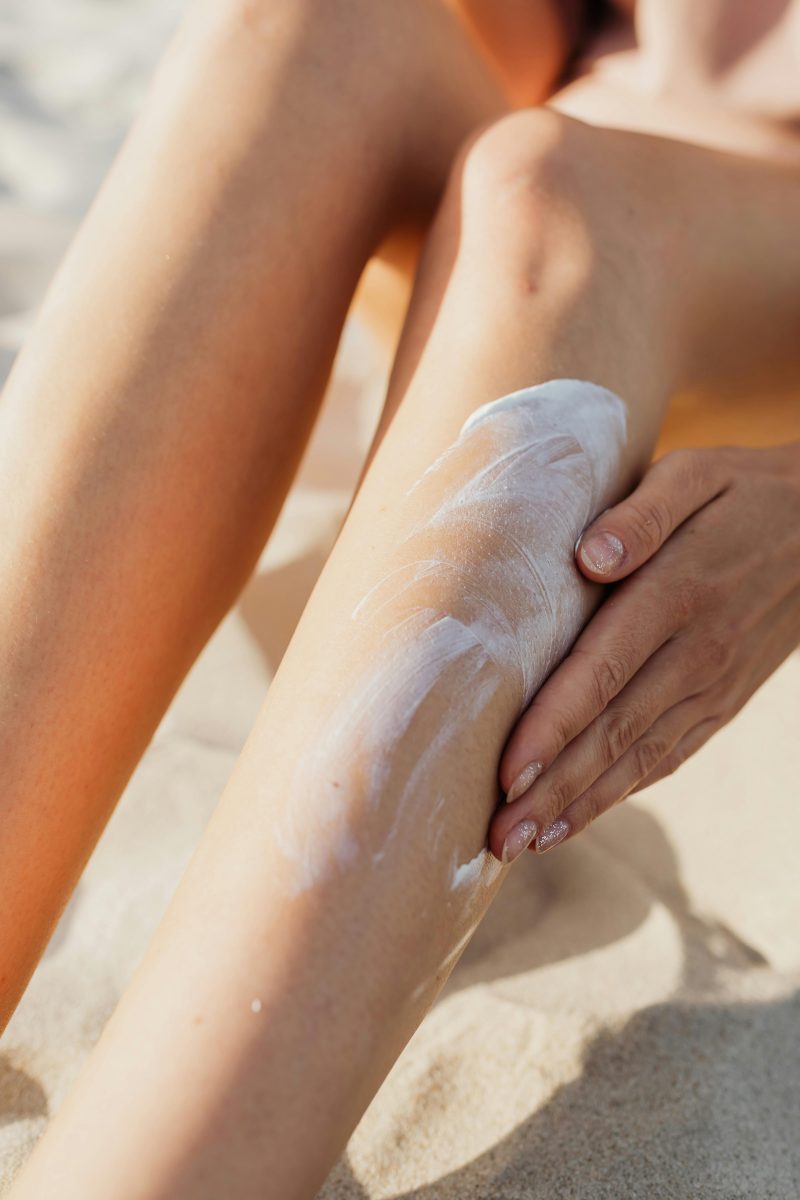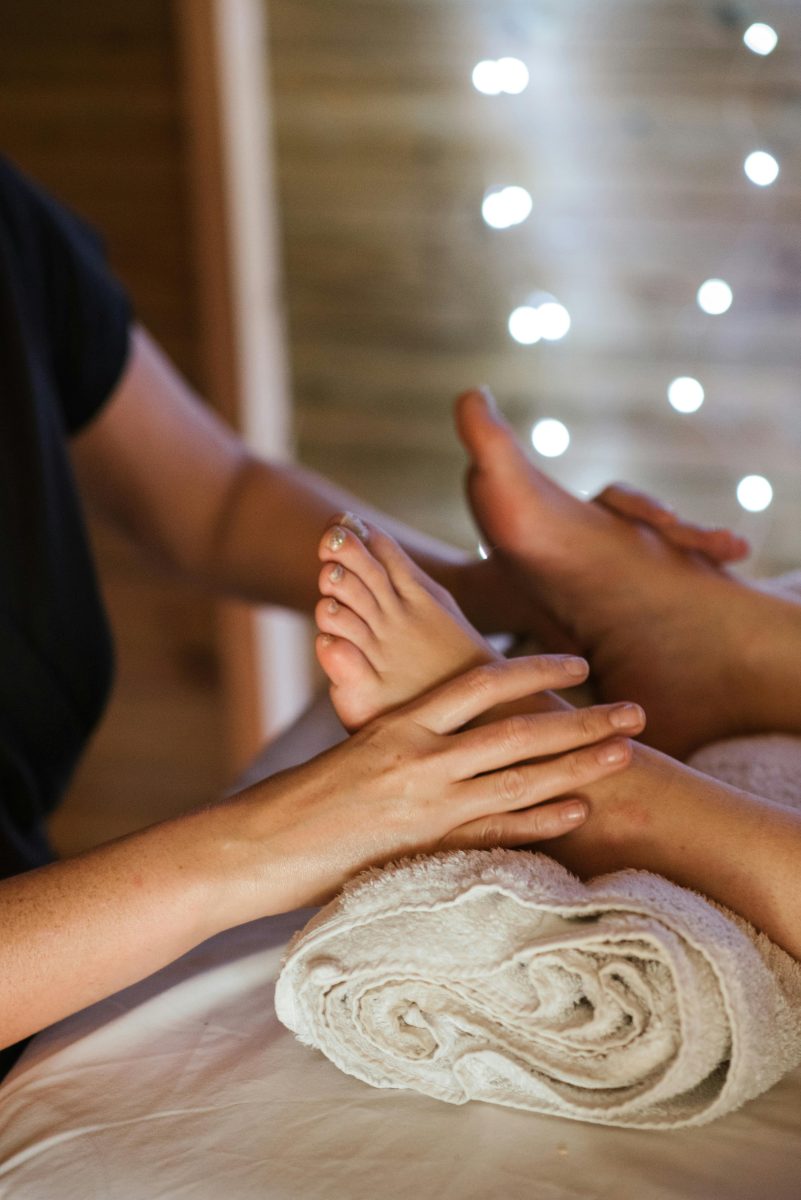Last Updated on: 14th July 2024, 08:53 am
Understanding Runner’s Knee

Runner’s knee, a term that paints a vivid picture of discomfort for many athletes and recreational runners, refers to a constellation of symptoms around the kneecap. The hallmark signs? Pain and tenderness, especially when bending the knee, walking downstairs, or after sitting for long periods. It’s a condition that doesn’t discriminate, affecting seasoned marathoners and weekend joggers alike.
Common Causes and Risk Factors
At its core, runner’s knee is often a tale of overuse, improper form, or structural imbalances. Factors such as weak thigh muscles, misaligned knees, flat feet, or even worn-out footwear can set the stage for this ailment. It’s a reminder that our bodies are interconnected systems, where a weakness in one area can lead to pain in another.
The Impact on Athletes and Recreational Runners
The ripple effect of runner’s knee extends far beyond physical discomfort. For athletes, it can mean missed training days or sitting out competitions. Recreational runners might find their much-loved stress-relieving activity suddenly off-limits. But here’s the silver lining: understanding the causes and symptoms is the first step toward prevention and treatment. With the right approach, runner’s knee can often be managed effectively, allowing runners to return to the paths and tracks they love.
Prevention Strategies for Runner’s Knee

Importance of Proper Footwear and Orthotic Supports
- Choosing the right footwear is not just about style; it’s a critical decision for any runner.
- Shoes that provide adequate support can correct overpronation or supination, reducing stress on the knees.
- For those with specific foot shapes or conditions, orthotic inserts offer additional support, ensuring the foot, ankle, and knee align correctly during each stride.
Role of Strength Training in Supporting Knee Health
- Strength training, particularly for the muscles around the knee, plays a pivotal role in preventing runner’s knee.
- Strong quadriceps, hamstrings, and calf muscles absorb shock more effectively, reducing the burden on the knee joint.
- Incorporating exercises like squats, lunges, and leg presses into your routine can fortify these critical muscles, offering a shield against injuries.
Techniques for Improving Running Form and Posture
- Running form can make or break a runner’s journey.
- Poor posture and incorrect foot strike patterns amplify the risk of runner’s knee.
- Learning to run with a slight forward lean, engaging the core, and ensuring a midfoot strike can transform your running efficiency.
The Significance of Gradual Mileage Increase
- Patience is a virtue, especially when increasing running mileage.
- A sudden spike in distance or intensity can overwhelm the knees, setting the stage for injury.
- Adhering to the 10% rule—increasing mileage by no more than 10% per week—allows the body to adapt gradually.
Early Detection and Self-Care for Runner’s Knee

Recognizing the Early Signs of Runner’s Knee
- Early detection of runner’s knee is crucial for effective management and prevention of further injury.
- Key signs include a dull, aching pain around the front of the knee, particularly when walking up or down stairs, squatting, or sitting with the knee bent for extended periods.
- You might also experience a popping or grinding sensation in the knee.
Initial Self-Care Measures: R.I.C.E. Method and Its Effectiveness
- Upon noticing the first signs of discomfort, the R.I.C.E. method—Rest, Ice, Compression, and Elevation—serves as a cornerstone for initial self-care.
- Resting prevents further strain on your knee, while icing reduces inflammation and numbs pain.
- Compression with a bandage can help stabilize the knee, and elevation above the heart level further decreases swelling.
When to Seek Professional Help
- While initial self-care is vital, it’s equally important to know when to seek professional help.
- If symptoms persist despite self-care measures, or if you experience severe pain, swelling, or an inability to bear weight on the affected leg, consulting a healthcare professional is imperative.
Professional Treatment Options for Runner’s Knee

Overview of Diagnostic Methods
- Diagnosing runner’s knee begins with a thorough examination.
- Healthcare professionals may employ a combination of physical assessments and imaging tests, such as MRI or X-rays, to understand the extent of the condition.
Physical Therapy: A Cornerstone of Treatment
- Physical therapy stands out as a fundamental treatment for runner’s knee.
- It focuses on strengthening and stretching exercises that target the muscles around the knee.
- Specific exercises aim to bolster the quadriceps, hamstrings, and calf muscles, thereby alleviating pressure on the knee.
Advanced Treatments: Beyond the Basics
- When conventional methods don’t suffice, advanced treatments come into play.
- Injections, such as corticosteroids or hyaluronic acid, can provide temporary relief by reducing inflammation and lubricating the knee joint.
- For more severe cases, surgery might be considered to repair or realign knee structures.
- Alternative therapies, including acupuncture or platelet-rich plasma (PRP) injections, offer additional avenues for those seeking non-traditional approaches.
Runner’s knee, while common, doesn’t have to sideline your running ambitions. With a comprehensive approach encompassing early detection, targeted exercises, and possibly advanced treatments, overcoming this obstacle is entirely within reach. Remember, the journey to recovery starts with understanding your options and taking proactive steps towards knee health.
Rehabilitation and Returning to Running

Guidelines for a Gradual Return to Running
Embarking on the journey back to running after runner’s knee requires patience and a methodical approach. Start with low-impact activities, gradually reintroducing running in short, manageable intervals. Increase duration and intensity slowly, adhering to the 10% rule to avoid overloading the knee. This gradual progression helps rebuild strength without risking re-injury.
Incorporating Cross-Training and Flexibility Exercises
Diversifying your workout regimen with cross-training is crucial. Activities like swimming, cycling, and using the elliptical machine maintain cardiovascular fitness while minimizing knee stress. Equally important are flexibility exercises, which enhance range of motion and reduce tightness in the muscles surrounding the knee. Incorporating yoga or Pilates can significantly improve flexibility and support knee health.
Monitoring Progress and Adjusting the Recovery Plan
Listening to your body is key. Monitor your progress, noting any discomfort or signs of strain on the knee. Adjust your recovery plan accordingly, scaling back if pain re-emerges. Regular check-ins with a healthcare professional or physical therapist can provide valuable feedback, ensuring your recovery strategy remains aligned with your body’s needs. Celebrate small victories, recognizing that each step forward brings you closer to your running goals.
Returning to running after runner’s knee is a journey marked by patience, resilience, and adaptability. By following these guidelines, incorporating a variety of exercises, and closely monitoring your progress, you can navigate the path to recovery with confidence. Remember, the goal is not just to return to running, but to do so in a way that promotes long-term knee health and prevents future injuries.
Nutritional Support and Supplements for Runner’s Knee

The Role of Nutrition in Healing and Prevention
- Nutrition is a cornerstone in the healing and prevention of runner’s knee. A balanced diet rich in anti-inflammatory foods can help mitigate pain and swelling.
- Foods high in omega-3 fatty acids, such as salmon and flaxseeds, are known for their anti-inflammatory properties.
- Antioxidant-rich fruits and vegetables, like berries and leafy greens, support tissue repair and overall joint health.
- Adequate protein intake is also essential for muscle recovery and strength, aiding in the support of the knee joint.
Recommended Supplements for Joint Health
- Glucosamine and chondroitin are popular for their potential to improve cartilage structure and function.
- Omega-3 supplements, derived from fish oil or algae, can complement a diet lacking in these essential fats.
- Additionally, curcumin, the active ingredient in turmeric, has shown promise in reducing inflammation and pain associated with joint conditions.
Combating Inflammation with Supplements
- For inflammation reduction, consider incorporating natural anti-inflammatories into your regimen. Ginger and bromelain, an enzyme found in pineapple, have been used to reduce swelling and improve mobility.
- Vitamin C is not only vital for collagen production, a key component of joint tissue, but also helps in reducing oxidative stress.
- Lastly, Vitamin D is crucial for bone health and may improve joint function when levels in the body are optimized.
While supplements can be beneficial, they should complement, not replace, a nutritious diet. Always consult with a healthcare provider before starting any new supplement, especially if you have underlying health conditions or are taking other medications.
Long-Term Management and Prevention of Recurrence

Developing a Personalized Running Plan
Every runner is unique, and so should be their running plan. Tailoring a plan that respects your body’s limits and gradually builds endurance is crucial. It’s not just about the miles; it’s about running smarter. This personalized approach helps in avoiding overuse, one of the primary triggers for runner’s knee.
Importance of Regular Strength and Flexibility Training
- Strength and flexibility are the unsung heroes in the fight against runner’s knee.
- Regular exercises that build muscle around the knees and improve flexibility can significantly reduce the risk of injury.
- Think of it as armoring your knees against the impact of each stride.
- Moreover, flexibility training ensures that your muscles and joints work in harmony, maintaining optimal alignment and function.
Annual Check-Ups and Assessments for Preventive Care
Prevention is better than cure, and annual check-ups stand testament to this adage. These assessments can catch potential issues before they escalate into injuries. It’s an opportunity for professionals to evaluate your running form, footwear, and overall physical health. This proactive approach not only keeps runner’s knee at bay but also enhances your running performance.
Embracing these strategies transforms the way you run. It’s about running not just with your legs, but with your head. By developing a personalized running plan, committing to regular strength and flexibility training, and undergoing annual check-ups, you’re not just preventing runner’s knee; you’re investing in a lifetime of healthy running.
In Closing
Runner’s knee is a hurdle, not a stop sign. It challenges yet enriches the running journey. By understanding its causes, embracing prevention, and pursuing targeted treatments, runners can navigate this obstacle with confidence and resilience. This journey underscores the importance of listening to our bodies, adapting our routines, and seeking professional guidance when needed. Let’s lace up, armed with knowledge and determination, ready to enjoy every step towards a healthier running future.
Preventing and Treating Runner’s Knee FAQs
Diet can affect runner’s knee by influencing the body’s inflammation levels and ability to repair tissue. Eating a balanced diet rich in anti-inflammatory foods, such as omega-3 fatty acids, fruits, vegetables, and whole grains, can support joint health and recovery. Staying hydrated and maintaining a healthy weight also reduces stress on the knees and can help prevent or alleviate symptoms.
Runner’s knee can lead to more serious injuries if it’s not properly treated, as it may alter your gait and put additional stress on other parts of the leg. Ignoring the symptoms can result in chronic pain and potentially cause injuries to the hips, ankles, or lower back due to compensatory movements. Early treatment and proper management are key to preventing further complications.
Stretching can be beneficial for those with runner’s knee, as it helps maintain flexibility and reduce tension in the muscles around the knee. Focusing on the quadriceps, hamstrings, calves, and hip flexors can improve alignment and relieve pressure on the knee. Consistent stretching before and after workouts is recommended to prevent tight muscles and promote a healthy range of motion.
Preventing runner’s knee involves strengthening the muscles around the knees, particularly the quadriceps, hamstrings, and calves. Wearing proper footwear that offers good support and cushioning is crucial, as is gradually increasing the intensity and duration of workouts to avoid overuse. Ensuring proper form during exercises and activities can also significantly reduce the risk.
Treating runner’s knee at home typically involves rest, ice, compression, and elevation (RICE) to reduce pain and swelling. Over-the-counter pain relievers can also help manage discomfort, but it’s important to address the underlying causes, such as muscle imbalances or improper footwear. Strengthening and stretching exercises, as well as gradually returning to activity, are crucial steps in recovery.
Running on hard surfaces can exacerbate the symptoms of runner’s knee due to the increased impact on the joint. Softer surfaces, like grass or tracks, can reduce the stress on the knees, potentially lowering the risk of developing or worsening the condition. However, running technique and proper footwear are also critical factors in preventing runner’s knee, regardless of the surface.
Symptoms of runner’s knee include pain around or behind the kneecap, especially where it meets the lower part of the thigh bone. This pain may be felt more acutely when walking, running, kneeling, squatting, or sitting with the knee bent for a long time. Swelling and a popping or grinding sensation in the knee are also common symptoms.
Runner’s knee is often caused by overuse, misalignment of the bones, or weaknesses in the thigh muscles. Activities that put repeated stress on the knee, like jogging, squatting, and climbing stairs, can lead to this condition. Improper footwear or a direct hit to the knee can also contribute to its development.
Shoes that provide adequate support and fit well are essential in preventing runner’s knee. Look for shoes with good arch support, cushioning, and stability to reduce the stress on your knees. It’s also important to replace running shoes regularly or when they start to show signs of wear to ensure they provide the necessary support.
You should see a doctor for runner’s knee if the pain persists despite rest and home treatment, or if you experience severe swelling, redness, or pain that worsens over time. A healthcare professional can provide a proper diagnosis and recommend treatment options, including physical therapy or, in some cases, surgery. Early intervention can prevent the condition from worsening and help ensure a full recovery.
Orlando is a all round athlete from Australia, now resident in Germany. His sports of passion of American Football(Offensive line), weight training and indoor rock climbing where he uses his 195cm wing span to his advantage.



